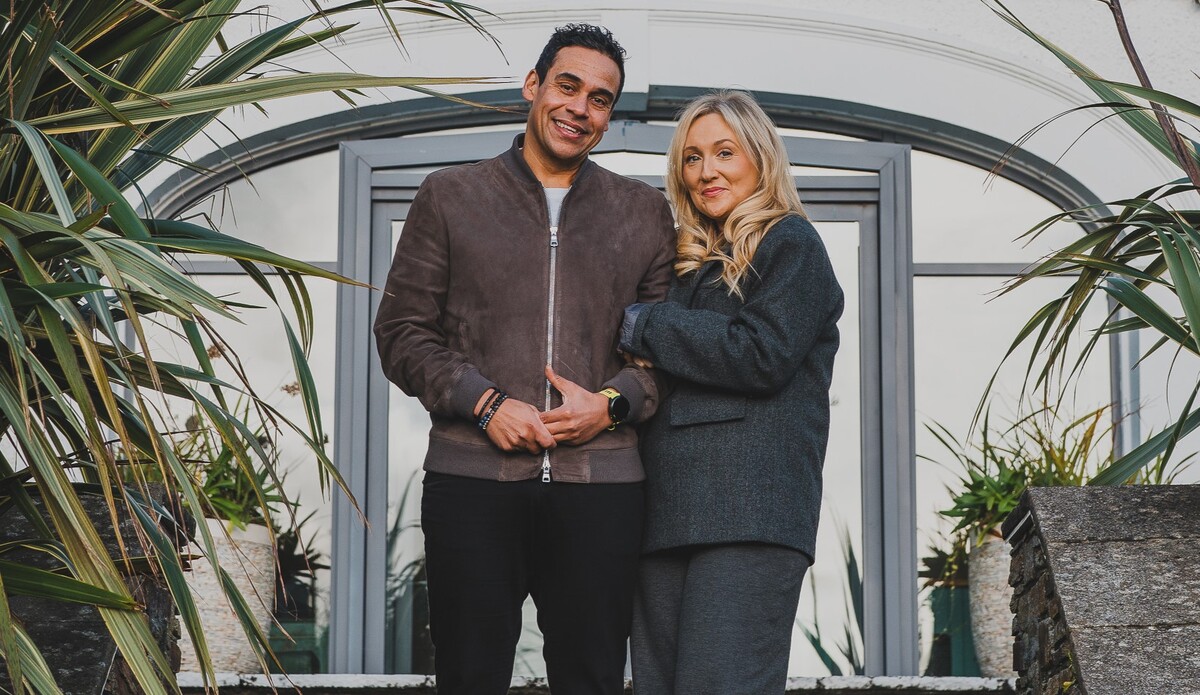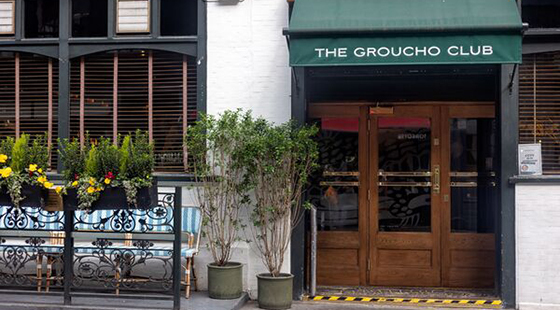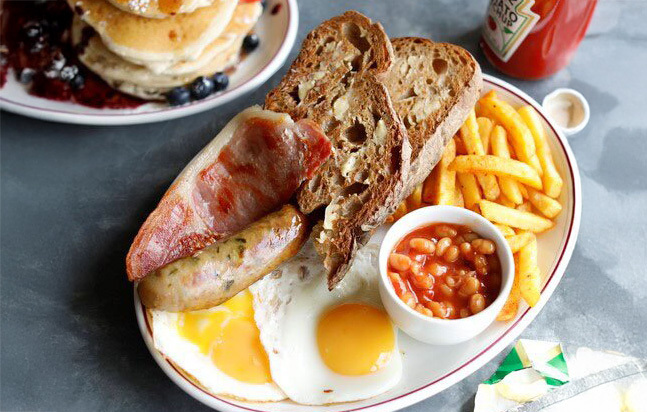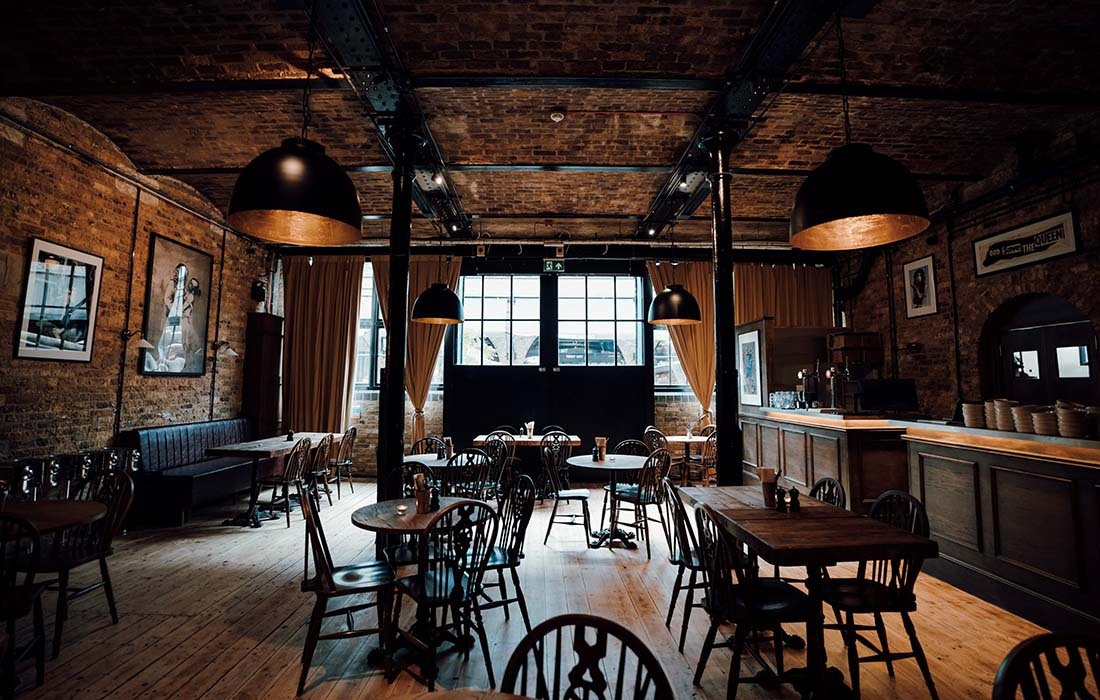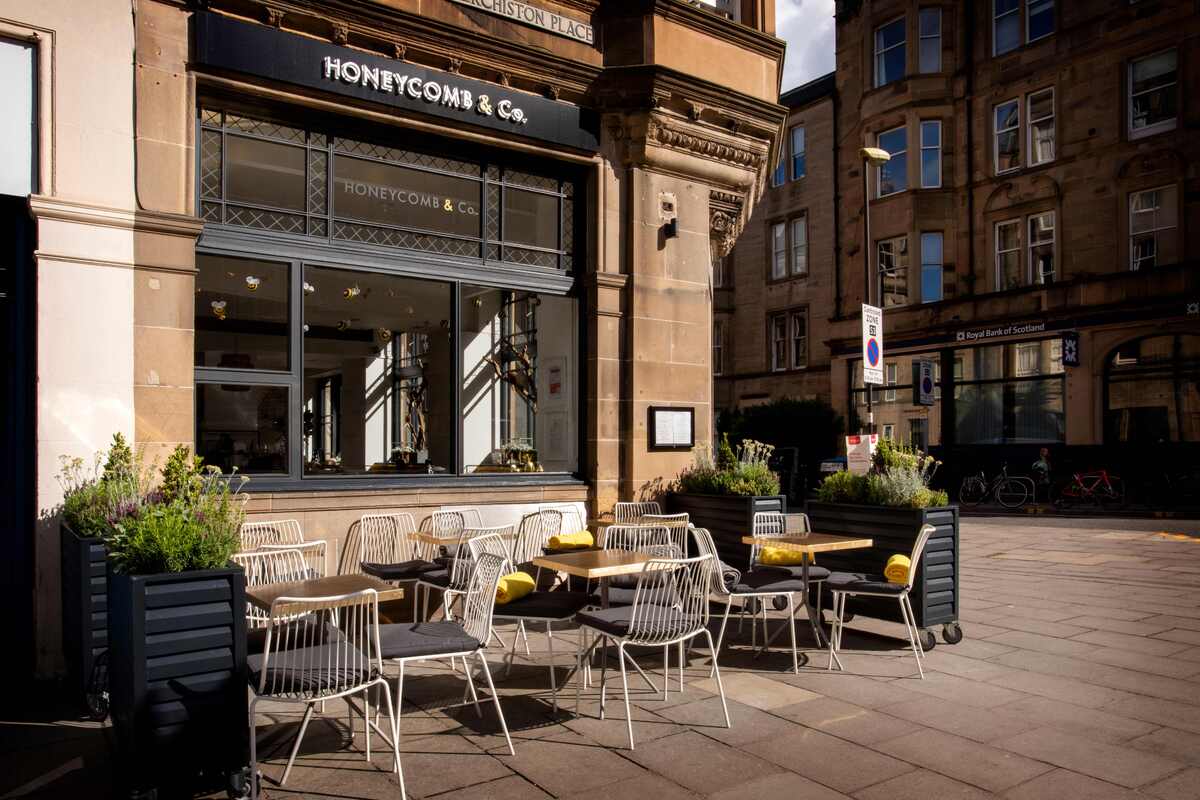How to… survive the casual dining crunch
Poor sales and mounting debt from the expansion years have led to full-blown restructurings in the casual dining sector and the arrival of the consultants. James Daglish advises on how to avoid disaster
There has been much written about the problems at casual dining chains such as Byron, Strada, Jamie's Italian, Prezzo, Carluccio's and the like. It's all part of the so-called casual dining crunch. All these businesses are taking steps to address their own individual issues, but what should you do to ensure your business survives?
Profitability
It is important, as a starting point, to be clear where your profitability lies. Consider what the most profitable and most popular items on your menu are, and calculate the profit margin on each. Have you got the sales mix right? PizzaExpress, for example, knows that 37% of its customers will order the American pizza, so the business makes sure that it is a profitable product.
It's also worth looking at whether a particular time of day or year is more profitable than others. How might you maximise that? Might it be worth tweaking your opening times? Also look at what your most expensive products are and where you might reduce wastage.
It may seem frivolous, but what does your business and your food and drink look like online? Your marketing and advertising costs can be reduced by clued-up use of social media. Invest in your understanding, take an objective look at your online presence, get good professional advice and make sure your food and drink is presented perfectly for the Instagram generation.
Reducing costs
There's then the question of how you might reduce costs to boost profitability. The biggest cost is usually rent. Generally, landlords are aware of the difficulties operators in the sector are experiencing, and with that in mind, approaching your landlord to discuss rent levels must be worth a go; at the very worst, all they can do is say no.
Business rates are often hot on the heels of rent. A number of third parties will look at challenging business rates levels on a ‘no saving, no fee' basis. It's a slow process, particularly right now, but if it costs you nothing and can save you money in the long run, why not?
There are also third parties that can secure savings on your utility bills. As they are effectively paid by the wholesalers, they don't charge you. You still save and it costs nothing.
Prepare for the worst
If the position does become unviable, a clean and professionally delivered exit should ensure that you and your fellow directors can leave your venture with an eye to coming back to build again, or even trying something entirely different without too much debt.
If you do nothing else, talk to professional advisers at an early stage. Beyond that, think about some of the elements that may be a hindrance to a sale or winding down the business. Fortunately, the checklist below is very similar to preparing for success:
â¢Â Are all your accounts and tax records up to date and in order?
â¢Â Are the company books and records at Companies House up to date?
â¢Â Do you have details of all relevant material contracts and assets?
â¢Â Are all licences, particularly the premises licences, up to date? The premises licence plan is often the one that gets forgotten â" it needs to show the current layout and the licensable areas.
â¢Â Do you have all current employeesâ details â" particularly their right to work info?
â¢Â Are your regulatory documents up to date, notably your fire risk assessment and asbestos survey?
Cash injection
Sometimes an outright sale or closure isnât necessary, and that might mean an investment by private equity or venture capital or some other cash injection. As ever, though, be wary of deals that seem too good to be true.
James Daglish is a partner at Goodman Derrick www.gdlaw.co.uk




